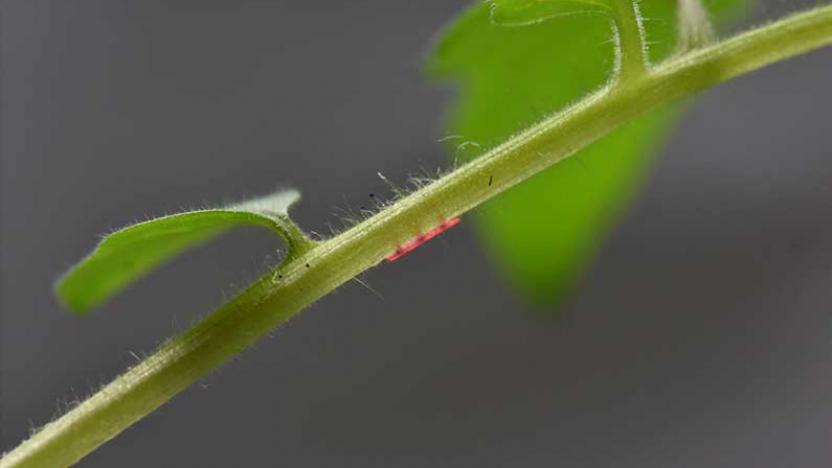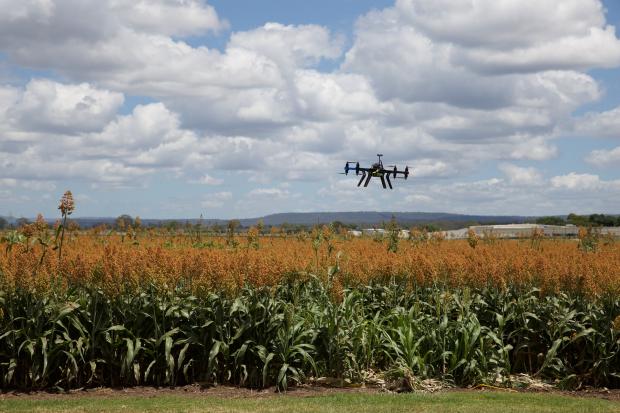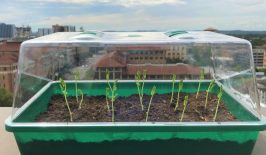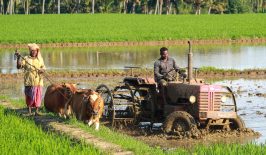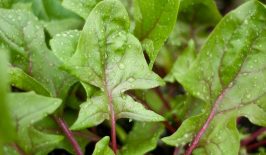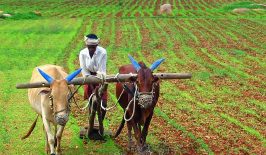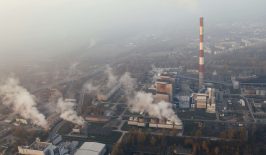Understanding the needs of plants in minute detail may hold the key to balancing agriculture with the increasing demands of sustainability as well as population growth. However, gaining all this exact information, especially in a timely manner, poses challenges for the next generation of so-called ‘precision farming’.
Now, a university study in Saudi Arabia has developed new micro-sensors which could solve this problem. They have taken inspiration from the field of medicine to create tiny, needle-like sensors which can read the condition of plants in real time.
Sensors such as these, known as microneedles, are being increasingly used in the medical field as a method of non-invasive, real time transdermal monitoring of patients. Although small by most medical standards, these needles are still too large to use on most plants, but they acted as an inspiration for a team from the King Abdullah University of Science and Technology.
Microneedles as ‘wearable tech’ for plants has already been previously experimented with, most notably an MIT study illustrated in the image above. However, a research team, headed up by Abdullah Bukhamsin, a PhD student in electrical and computer engineering, has developed a new method of producing even thinner needles. Traditional silicon moulds were submerged in a liquid solution of chloroform, which caused the needles to expand ever so slightly. This expansion slowly eases the needle out, without damaging it or the mould itself.
Previous methods to create such small needles often involved destroying the mould, greatly increasing the cost and time needed to mass produce them. By using this new gentle release method, the moulds retain their shape and can be used up to 20 times, reducing costs and resources.
The prototype microneedle sensors were then tested with a batch of thale cress plants to ascertain their real-world value. The plant’s stems and leaves were punctured with the microneedles which conducted a small current through the cress. This current then resulted in biodependence measurements which varied depending on the amount of water or light provided to individual plants in the experiment. This suggested the needles could be used to detect signs of dehydration or heat stress in plants, without irreparably damaging them. Once the needles were removed, the near-invisible puncture holes had healed over and disappeared within four days.
The applications of the microneedles is not limited to the basic water or light requirements of plants. The researchers theorise that eventually they could also provide information on a wide range of metrics, such as uptake of nitrogen from fertilisers. Ultimately, such technology, if produced on a large scale could become a vital part in the digital integration of precision farms.
Understanding the needs of plants has until recently been a matter of visual inspection, experience and overall intuition. Furthermore, the remedies to any agricultural problems, such as pests, has often been broad and indiscriminate. By using precise actionable information, farmers could potentially drastically increase the efficiency and resourcefulness of their actions. For example, imagine a scenario where only the individual plants blighted by pests are actually treated, as opposed to entire fields. This would not only save farmers resources, but also limit the impact of widespread use of pesticides.
What is Precision Farming?
The term precision farming refers to a new approach to agriculture in which technological innovation and integration plays a central role. Through the use of various strategies and tools, precise farmers can optimise the use of the resources, ideally reducing waste and increasing the overall sustainability and yield of their farms.
For example, through the use of monitoring tools, such as satellites or sensors, farmers can gain information such as 3D soil maps, irrigation or plant health. This information is often provided in real-time allowing farmers to make direct and accurate interventions with the right corrective measures. MIT has even experimented with nano-augmented plants that can send emails regarding their health.
The concept can be taken even further by introducing automation into the process. Through the use of drones and other delivery systems, connected via the Internet of Things sensors, precision farms could potentially manage themselves without intensive direct human involvement. The introduction of artificial intelligence would also be a major boon in this direction. Often, this combined and integrated method is referred to as ‘Agriculture 4.0’.
The advantages of precise farming and agriculture 4.0 are their ability to boost land productivity, reduce consumption and waste and potentially create more profitable farms for farmers and contractors. It is also suggested that by increasing the automation of farms, the human fatigue level of agriculture is reduced, allowing farmers to diversify their profit streams into other areas. All of this ideally, would result in positive knock-on effects for the environment.
However, uptake of precise farming may be slower with established traditional farmers. Surveys carried out with Dutch arable farmers showed that although 64 percent found the more accurate application of fertilisers to be a great advantage, less than half felt the other advantages of precision agriculture were immediately useful.
One of the big downsides is the initial cost as well as ongoing investments of adapting precision farming to an established farm. Furthermore, training, updating equipment and the analysis of information all require additional time and resources from farmers.
